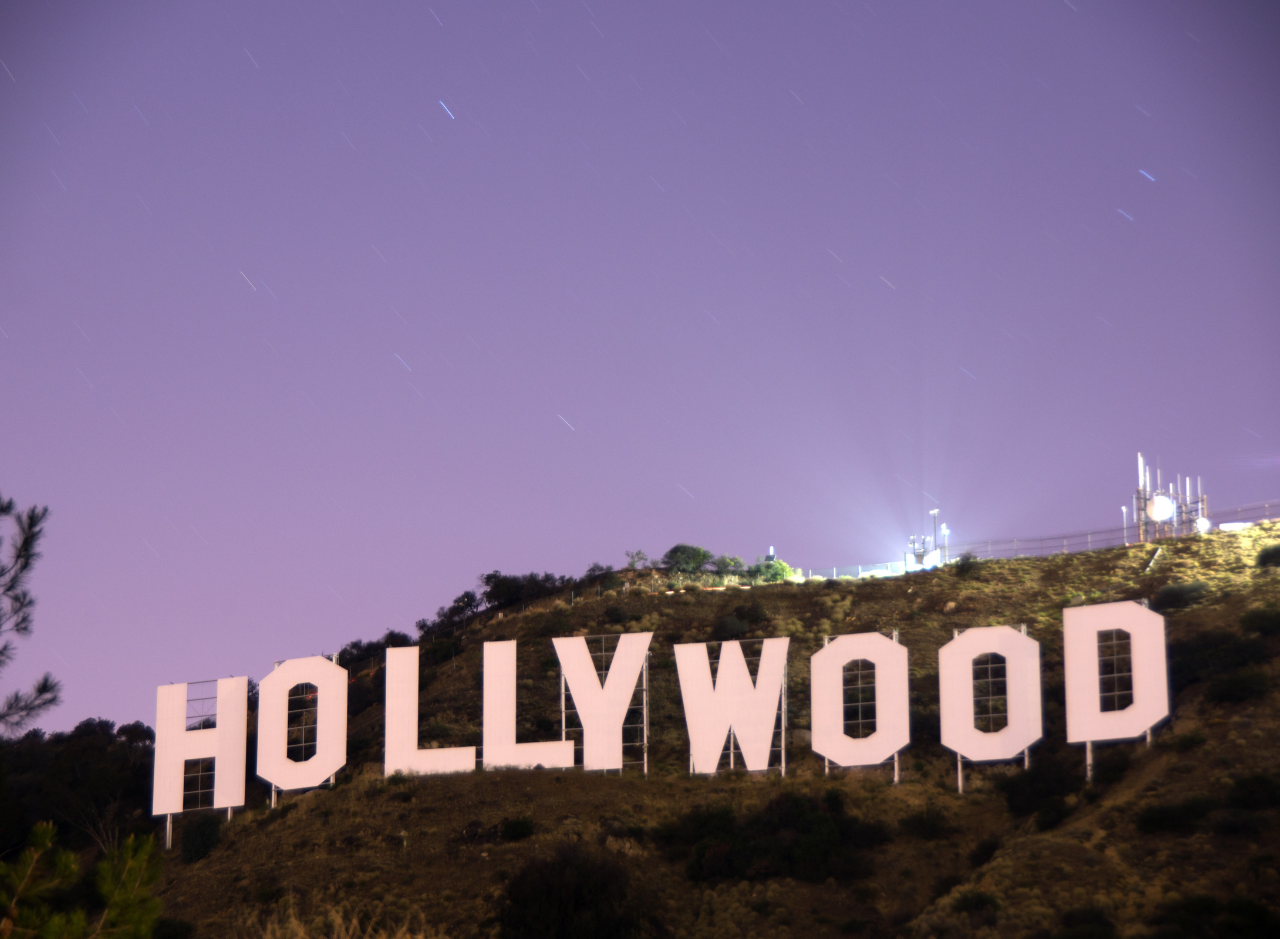Ableism Problem: Hollywood has long been criticized for its lack of diversity and inclusivity, but one area where it continues to fall short is in the representation of people with disabilities. Despite more than one in four adults in the U.S. living with a disability, the underrepresentation of disabled individuals in mainstream media remains a glaring issue. The indie drama Good Bad Things is helping to address this problem, aiming to revolutionize Hollywood’s approach to ableism and inclusivity.
Ableism Problem: A Groundbreaking Film for Disability Representation
Danny Kurtzman, the lead actor of Good Bad Things, has lived with muscular dystrophy his entire life. His experiences, struggles, and triumphs as a disabled individual serve as the inspiration for the film. Good Bad Things represents more than just a cinematic story—it is a powerful reflection of Kurtzman’s journey and that of many others in the disabled community.
In the film, Danny plays an entrepreneur who, after much hesitation, decides to try online dating. He meets Madi, portrayed by Jessica Parker Kennedy, an enigmatic photographer who challenges him to break free from his self-imposed limitations. The narrative centers on Danny’s path to self-acceptance, highlighting the personal challenges faced by people with disabilities in both their professional and personal lives.
Ableism Problem: “Hollywood Doesn’t Know What to Do with Us”
Despite the growing demand for diversity and representation, the disabled community continues to be marginalized in Hollywood. “Hollywood just doesn’t know what to do with us right now,” Kurtzman told Yahoo Entertainment. This sentiment is echoed by a 2023 UCLA report that found people with disabilities to be severely underrepresented in television during the 2021-22 season.
Kurtzman believes that while Hollywood is starting to open its doors to more inclusive stories, there is still a long way to go when it comes to disability representation. “There needs to be a lot of change in Hollywood to welcome our community,” he said. And while the entertainment industry may be making small steps toward inclusivity, Kurtzman emphasizes that these efforts are far from sufficient.
Ableism Problem: Creating an Authentic Disabled Film
One of the key elements that make Good Bad Things stand out is its authenticity. The film was directed by Kurtzman’s best friend, Shane D. Stanger, and the two co-wrote the script together. However, the initial version of the screenplay missed the mark. “It came off very ableist and off-tone,” Kurtzman recalled.
This led Stanger to invite Kurtzman to rewrite the script, ensuring that the disabled community was authentically represented not only in front of the camera but also in the writing and post-production processes. The result was a set that was fully accessible to disabled individuals, a rarity in Hollywood.
“As a disabled person, I haven’t seen that in a real way,” Kurtzman said. He explained that having disabled people involved at every stage of production is essential for creating a truly authentic film. It’s not just about telling disabled stories, but about telling them from the perspective of those who live with disabilities every day.
Ableism Problem: Hollywood’s Missed Opportunity
Despite the critical acclaim Good Bad Things has garnered on the indie circuit, winning both the Audience Award and the Grand Jury Prize at the Slam Dance Film Festival, Kurtzman acknowledges that the industry is still unsure of how to handle, market, and embrace a film like this. “People don’t know how to speak and how to market” a film that is “so thoroughly authentic, accessible, and inclusive.”
Kurtzman hopes that Good Bad Things can pave the way for other disabled creators and actors to find a place in Hollywood. He firmly believes that the time is now for the entertainment industry to embrace the disabled community, not only as actors and performers but also as writers, directors, and producers.
“It’s OK to ask questions,” Kurtzman said. “There’s no lack of us out there.”
Ableism Problem: The Power of Inclusion
Good Bad Things is the first film to receive the GAMUT Seal of Approval, a certification that assures consumers the production met stringent requirements developed by experts in the disability space. This recognition underscores the importance of creating spaces in Hollywood that are genuinely inclusive, both on-screen and off.
Kurtzman wants Hollywood to understand that hiring people from the disabled community should be a priority at every level of production. He believes that, by doing so, the industry will see just how much talent exists in the disabled community and how powerful their stories can be when told properly.
“When they do it, they’re going to see especially with this movie how powerful our community is when you speak to us properly,” Kurtzman said.
Ableism Problem: A Call to Action
As Good Bad Things prepares for its theatrical release, Kurtzman hopes the film will open doors for more disabled individuals to enter the entertainment industry. He envisions a future where people with disabilities are no longer viewed as an afterthought or a niche but as a vital part of the Hollywood landscape.
“There’s so much talent in the disabled community,” Kurtzman said. “In film, television, in front of the camera, behind the camera, in the editing room, in the writing room. And I just think the time is now.”
Hollywood has a long way to go, but with films like Good Bad Things, the conversation has started. The industry must move beyond token gestures and truly embrace the disabled community. By doing so, it will enrich the stories being told, the perspectives being shared, and, ultimately, the world’s understanding of disability.
Ableism Problem: Conclusion
Kurtzman’s journey through Good Bad Things highlights both the progress and the challenges that lie ahead for Hollywood. The film serves as a beacon of hope for disabled individuals who have long been sidelined by the industry. By fostering greater inclusion, Hollywood has the opportunity not only to tell more authentic stories but also to make lasting social change. The time for that change is now, and Good Bad Things is leading the charge.


